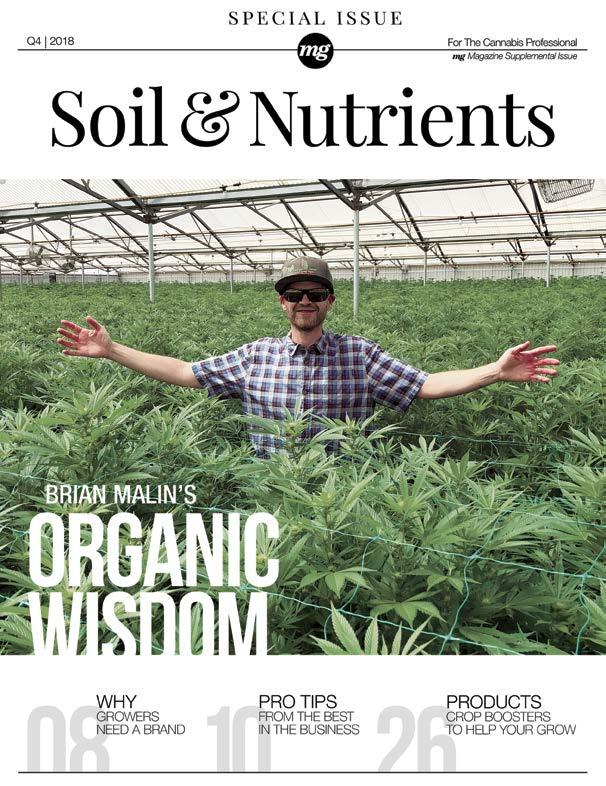

ALL PH ASE
Craft Powder Base Nutrient
For use wi th f ert i gat i on system s





By partnering with one of the leaders in nutrient delivery systems, DOSATRON we have enabled growers to spend more time on the plants and less on the mixing and hand watering, resulting in less variables and exceptional harvests.









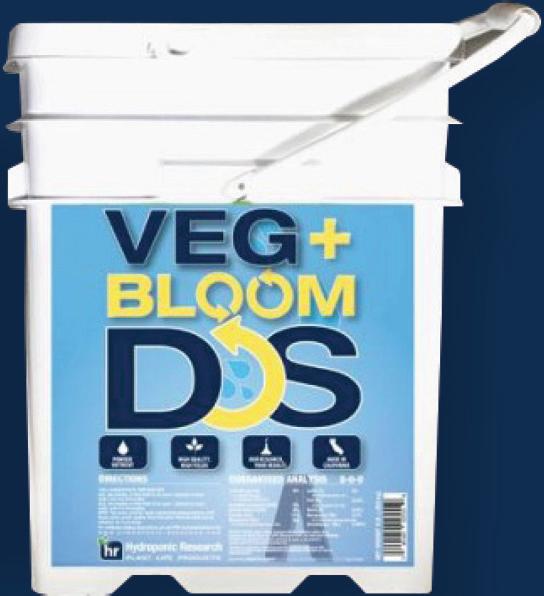

We’ ve t ak en t he s ame c ra ft quali ty o f our one-par t ba se powder nu t rien ts and f ormula t ed a c ra ft t wo -p ar t ba se nu t rien t f or f er t iga t ion syst em s.
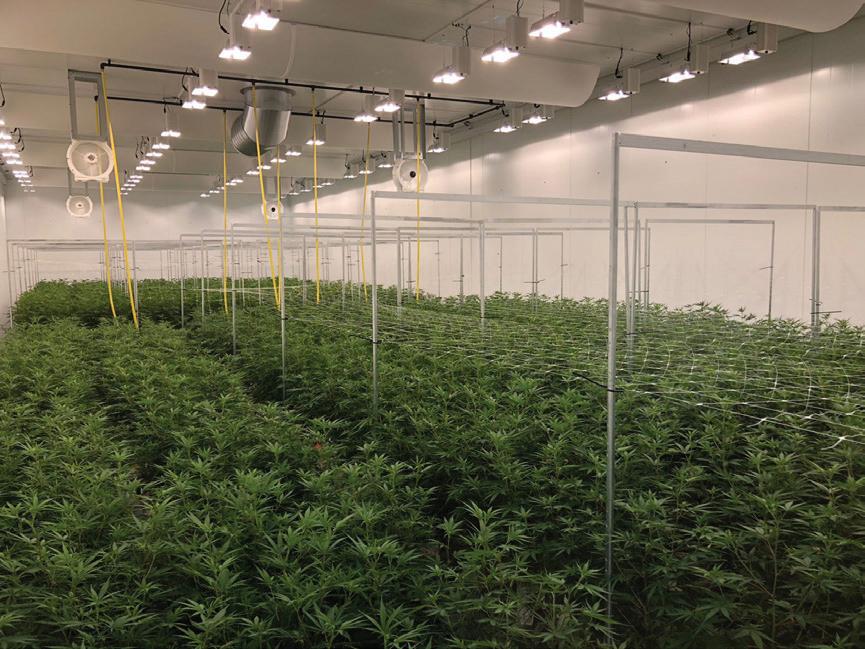



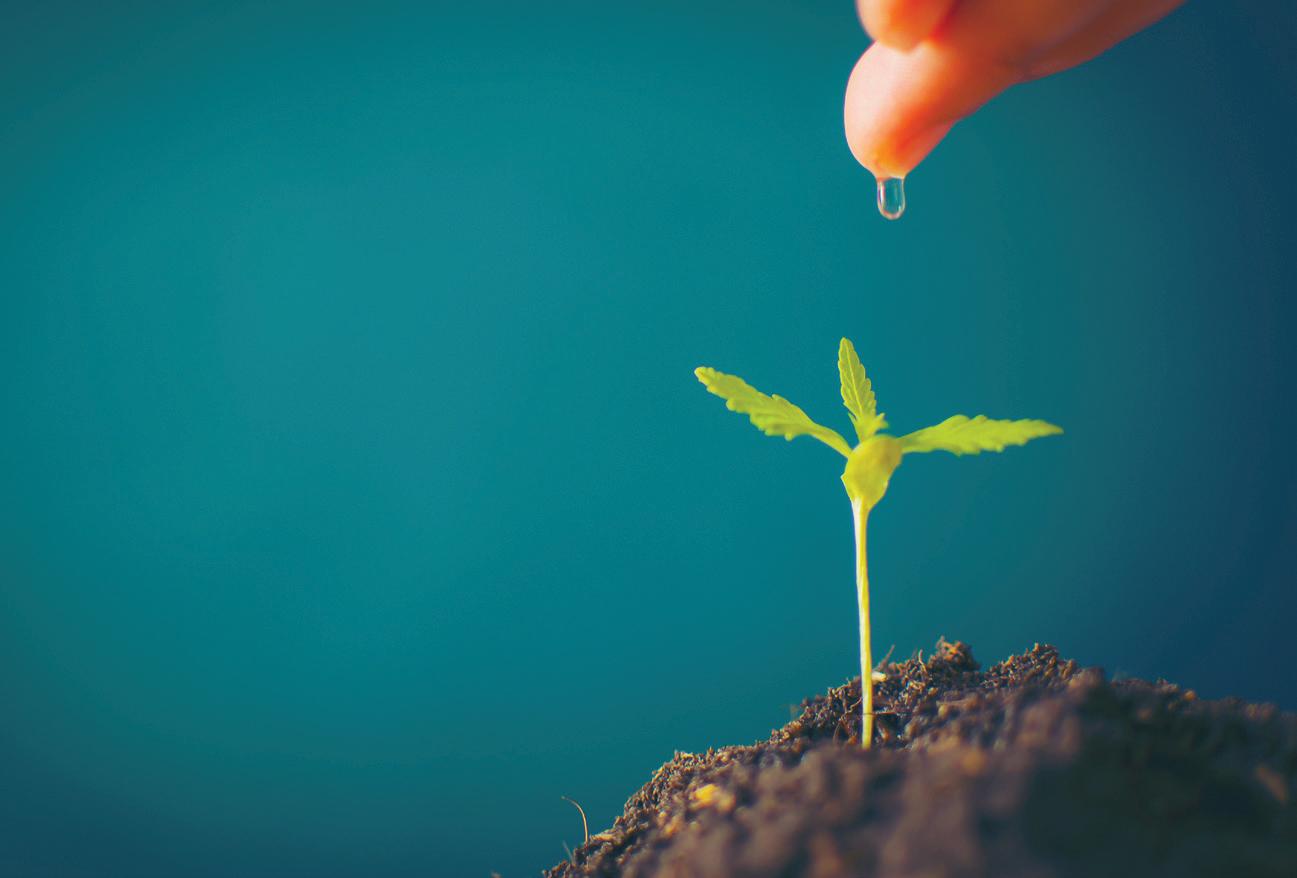
Cannabis Crusaders
EVERY cannabis cultivator has a secret recipe for coaxing the best from his or her plants. Some say the key is striking the right nutritional balance. Others swear by a certain type of soil. Hydroponic growers believe lack of soil is the defining factor. Water quality, ambient temperature, microbial activity, pest control, climate… So many variables influence the way cannabis crops perform, and every grower attributes their success to a unique tweak of at least one.
But even the most celebrated growers constantly seek an elusive element that teases from just beyond their reach—their personal holy grail of horticulture. The search is as unique to each cultivator as his or her microterroir, and the best pursue the prize with vigor, combining scientific curiosity, common sense, experience, and often a dash of luck.
Perhaps because it remains relatively small (if sometimes overly prolific), the cultivation side of the industry suffers no shortage of mentors and educational opportunities. That’s a privilege of which growers should take advantage while independence and community spirit are strong. As the industry grows and the presence of well-funded juggernauts increases, the situation likely will change. Then, those who are truly devoted to the plant’s extraordinary potential will be tasked with continuing to drive responsible horticultural innovation—because heaven knows massive mainstream agricultural conglomerates muck up at least as many things as they improve. By its very nature, the legendary Holy Grail of Camelot was unattainable. Countless Arthurian heroes and villains sought the venerated object, repeatedly believing they had found the treasure only to discover their quest had just begun.
The same is true of cannabis: The never-ending pursuit of plant perfection requires patience, dedication, research, and lots of heart.
Like Camelot’s, cannabis’s holy grail is destined to remain an elusive dream, forever just beyond the reach of seekers—but godspeed to those who persist in the quest.

Kathee Brewer Kathee@cannmg.com
SOIL & NUTRIENTS
Supplemental Issue: mg Magazine, Q4
DIRECTOR OF CONTENT: Kathee Brewer
CREATIVE DIRECTOR: Angela Derasmo
COPY EDITOR: Erica Heathman
CONTACT: editorial@cannmg.com
CONTRIBUTING WRITERS
Andrew Schell, BigMike Straumietis, Brian Malin, Chip Lennemann, Cody Yeager, Dan Mitchell, Danny Reed, Dino Carter, Joanne Cachapero, Rob Hill, Steven Lee, Will Kacheris
ADVERTISING & MARKETING
CLIENT MAGAGEMENT
Brie Ann Gould: Brie@cannmg.com
Joe Sebergandio: Joe@cannmg.com
Meghan Cashel: Meghan@cannmg.com
General Inquiries: sales@cannmg.com
PHOTOGRAPHY
Ivan Karpov, Jetacom AutoFocus, Frankie’s, Majeczka, Ionov Artem, Petrmalinak



OUR DO NO HARM MANTRA IS THE CORE OF OUR BUSINESS VALUES. We all share the common goal of working smarter to reduce our carbon footprint with suppliers, customers and employees dramatically reducing waste to landfill, significantly cutting paper and material usage complying with environmental standards and programs that helps us achieve this mission. We only use recycled papers and soy based inks on our printed products WHENEVER POSSIBLE.



From propagation to bud development to hydroponics testing, experts share their top tips for growing exceptional plants.
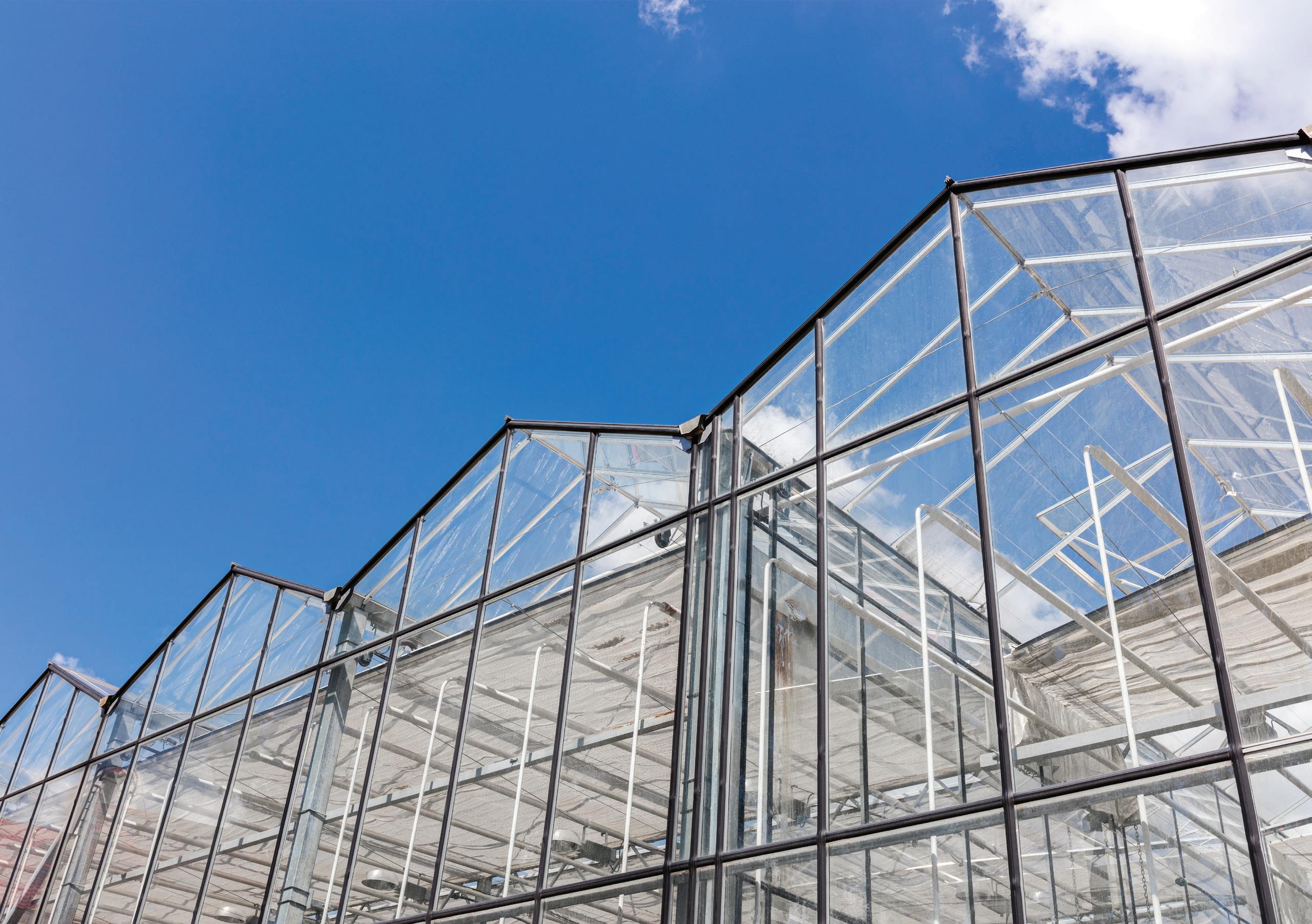
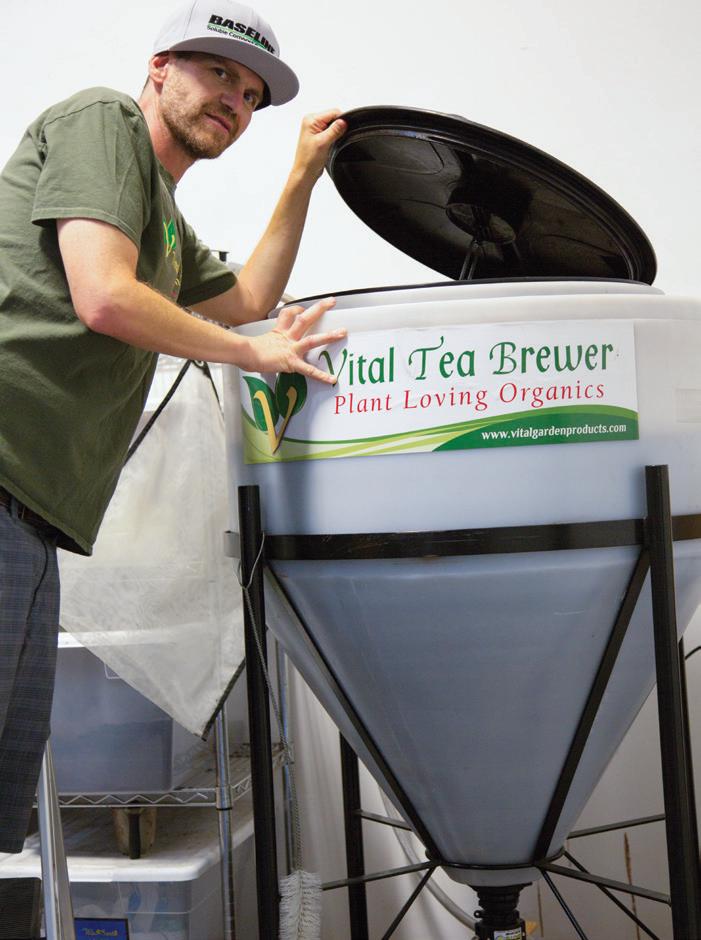
06 | UPDATE
In case you missed the news.
08 | GUEST COLUMN
Cultivators need to develop a strong brand, too.
20 | HORTICULTURE
A deep dive into the how, what, where, when, and why of organic nutrients.
24 | PROFILE
Its heart may be in San Francisco, but State Flower Cannabis has national aspirations.
26 | PRODUCTS
Soils, nutrients, and other products to help your grow…well, grow.
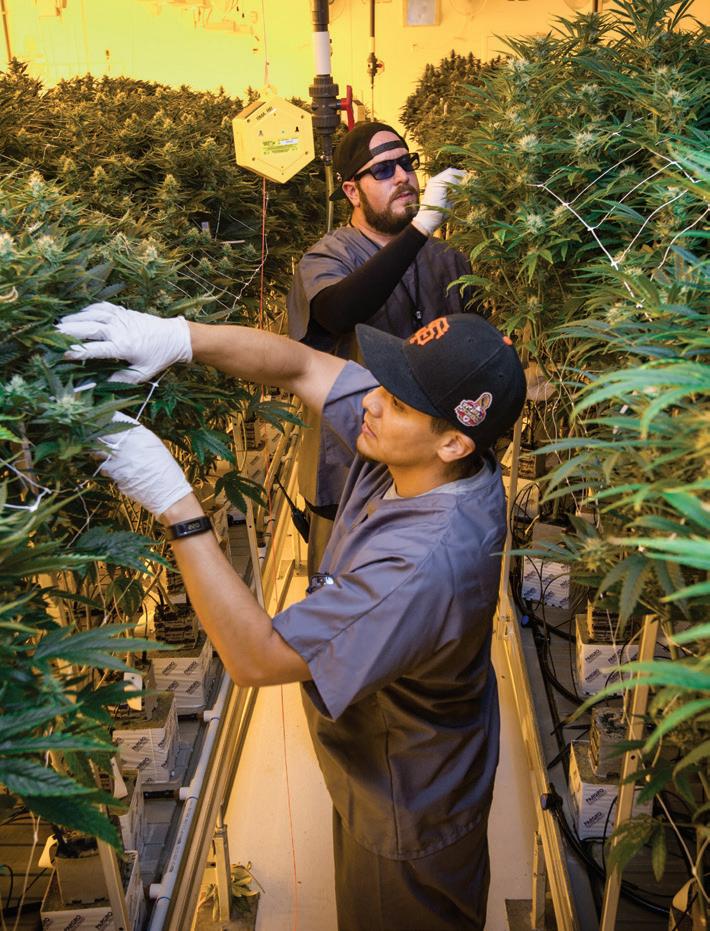
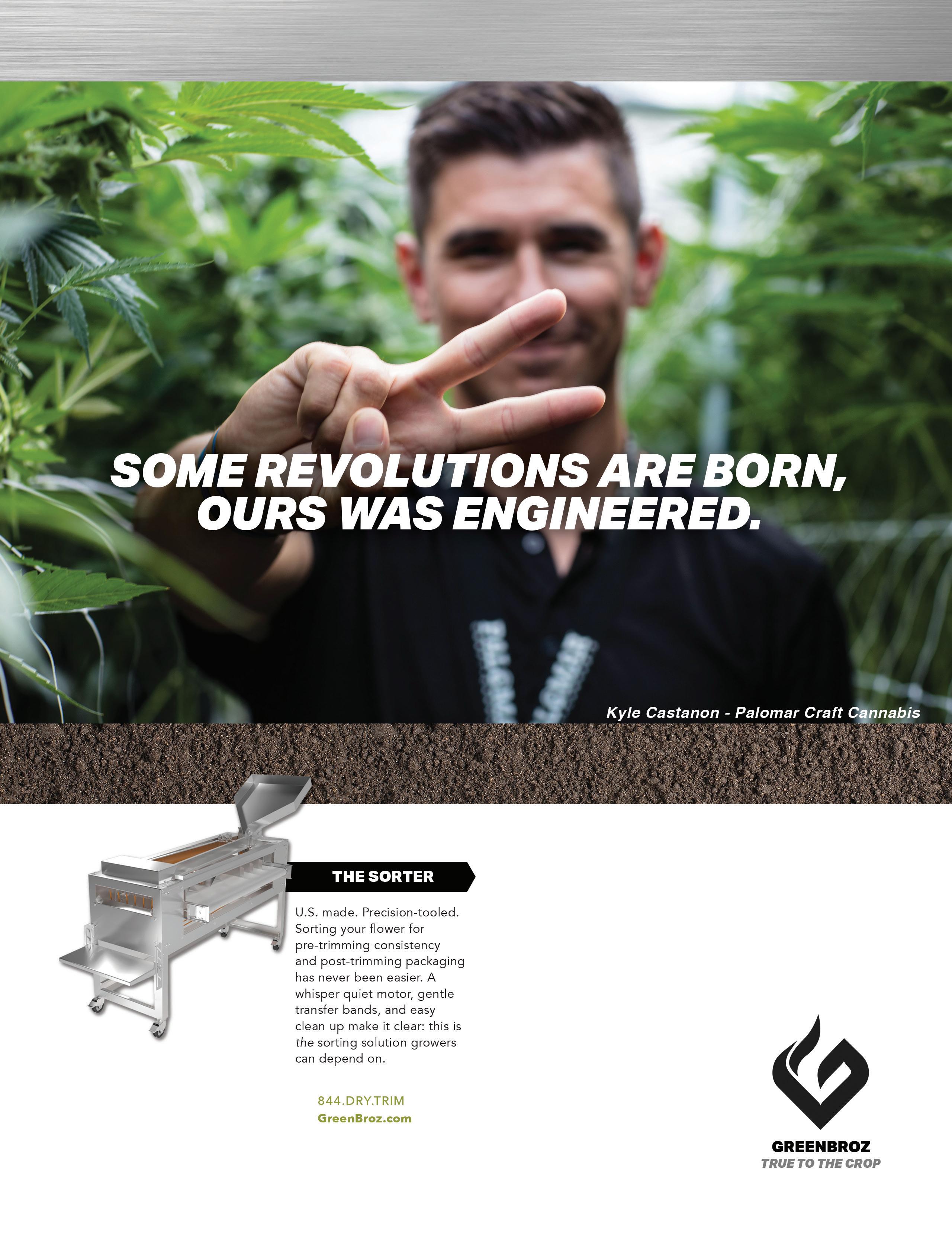

Trump Administration Creates Secret Committee to Push Back on Cannabis
WASHINGTON, D.C. — The Trump administration could be preparing to wage an information war on cannabis.
Interviews with government officials and documents acquired by Buzzfeed indicate the White House formed the Marijuana Policy Coordination Committee—composed of members from fourteen federal agencies and the Drug Enforcement Administration—with the goal of reversing public support for weed. A memo summarizing a July 27 White House meeting instructed the agencies to deliver “data demonstrating the most significant negative [cannabis] trends, with a statement describing the implications of such trends” so the administration can construct a counter-narrative.
The cannabis industry has vacillated between hope and suspicion since the beginning of the Trump administration. On the campaign trail, Donald Trump seemed amenable to a states’ rights approach to cannabis legalization, but one of his first acts as president was to appoint former U.S. Senator Jeff Sessions (R-Ala.) Attorney General. Sessions, a notorious anti-pot crusader, immediately rescinded the Cole Memo, which had protected medical cannabis growers, manufacturers, sellers, and users in legal states since 2013.
Then, in April 2018, Trump and Senator Cory Gardner (R-Colo.) ended a standoff when Trump promised he’d support congressional marijuana reform efforts if Gardner would stop stonewalling Trump’s judicial nominees.
Gardner said he expects Trump to honor their agreement.

U.S. Cannabis Revenues Expected to Rival Wine, Spirits
NEW YORK The U.S. legal cannabis industry is expected to grow at a 17-percent CAGR over the next decade, approaching $50 billion in annual sales by 2028. Sales of spirits, wine, and beer are expected to hover around current levels of $58 billion, $65 billion, and $117 billion, respectively.
Phenotype Megahunt Seeks Cannabis Unicorns
EUREKA and OAKLAND, Calif. — As part of an ongoing effort to analyze exotic genetics and identify distinct new cultivars, Humboldt Seed Company and Dark Heart Nursery are evaluating tens of thousands of cannabis plants at large, licensed cultivation facilities. The companies expect to select the top .5% for experimental cloning and breeding.
DarkHeartNursery.com HumboldtSeedCompany.com

Consumers Leaving Flower for Edibles, Pills, Topicals
DENVER — Consumers in states where recreational use is legal are shifting from flower to smoke-free products. Colorado’s flower sales dropped from 67 percent to 44 percent between 2014 and 2018, while Oregon’s fell 7 percent; California’s decreased 3 percent in the first six months of 2018 alone.
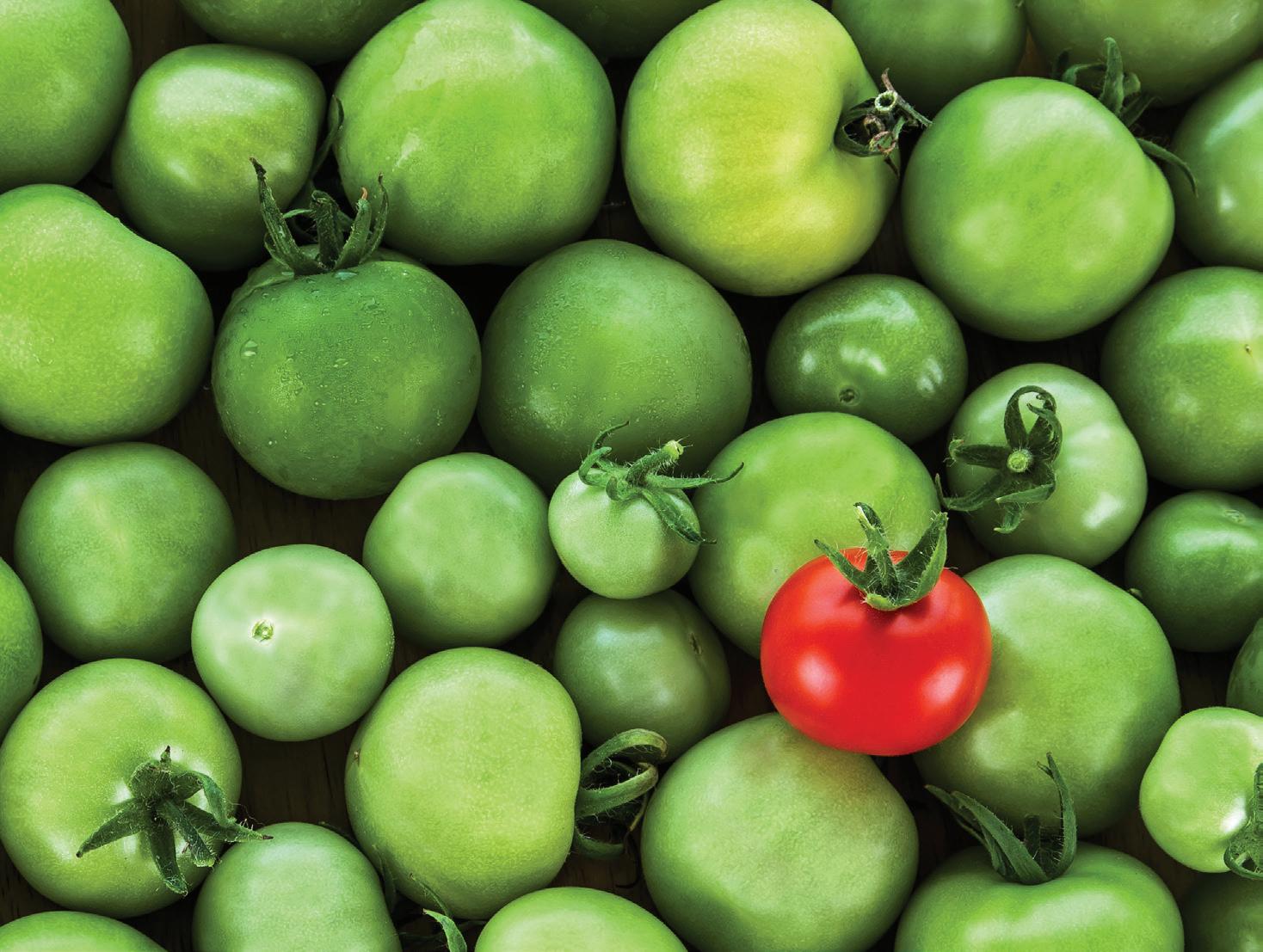
Growers Need Brand Identities, Too
BY DINO H. CARTER
DECREASED DEMAND, coupled with overproduction, is driving down flower’s price, especially in markets where recreational use is legal. According to New Frontier Data, wholesale pricing has dropped by more than 50 percent in most key markets across the United States. In Oregon alone, the price of flower dropped 41 percent in fifteen months, hitting a low of $5.77 per gram in February.
Because consumer demand is shifting away from flower and toward smoke-free products like edibles, concentrates, and topicals, market analysts expect the cycle of decreasing demand and falling prices to continue. They advise cultivators to differentiate themselves by developing a brand, not merely a market presence.
The foundation of every company is its brand. No matter how booming the industry or what a company produces, if its brand is not solid the business will find surviving—much less thriving—in a competitive environment difficult. Make no mistake: The cannabis industry is becoming more competitive by the day.
So, what is a brand? Is it the company’s logo? A product’s name?
It’s neither.
Brands are intangible. Logos, product names, packaging, marketing, advertising, and customer service are some of the tangible assets that help build a brand. The brand itself is much more: a “feeling” customers associate with a service or product; a concept, an idea... an experience.
Take Apple for example. Many companies manufacture tablet computers and mobile phones, but how many operate their own retail stores where consumers wait in line on each next-generation product’s release day? Apple has created a strong brand. iPhones and iPads say something about the people who own them; the devices are part of the consumers’ identity. Harley Davidson, Coca-Cola, Cuisinart, and Levi’s evoke the same kind of consumer response. And what about Cadillac? People don’t call products “the Cadillac of…” for nothing.
Company values play a large role in brand-building, too. Does the brand employ earthfriendly methods, care about its employees and contractors, and “give back” or “pay forward”
in meaningful ways? Consumers today care about transparency, authenticity, and responsibility almost as much as they care about products and prices. How and why they do what they do is one reason some brands are universally known…and not always in a good way. Uber, Facebook, and Wells Fargo, among others, are desperately trying to salvage their brands after behindthe-scenes villainy came to light.
For your business to become a brand, it must develop a personality beyond its products and services, and that personality must align with consumers’ wants and needs. Who are your customers? What benefits do you deliver to them? How do your products and services make them feel about themselves? As you consider your brand, focus outward; see your brand from consumers’ point of view. Remember: They have all the power. They probably can buy products very similar to yours whenever they want, wherever they want, and for a price with which they feel comfortable. What—besides the nebulous and ubiquitous “high quality”—makes your brand so special they should buy from you? Even the smallest companies can build a strong brand with devoted customers simply by creating an identity that resonates with their target market.
Yes, building a brand can be difficult. It requires effort, thought, and devotion to something larger than profits alone. Your brand isn’t about your company—it’s about who your customers want to be. Nike’s brand, for example, has less to do with shoes than with excellence in sports. Check out the company’s ads sometime. You won’t find the benefits of the product in big, bold type. In fact, you may not even notice the product at all. Instead, you’ll see action shots of professional athletes doing what they do best. Nike’s customers don’t buy shoes— they buy a dream.
What do your brand’s customers want to buy?



DINO H. CARTER is a brand consultant and strategist. He currently serves as the marketing and art director


PROFESSIONAL ADVICE FOR Better Growing
WITHOUT a doubt, cultivation practices have an enormous effect on plant quality and harvest quantity. Deciding which methods are most beneficial is a complex equation with variables including terroir, plant genetics, cultivator preferences, economic considerations, and consumer demand. There is no one-size-fits-all solution.
Nevertheless, growers produce great product every day. Regardless the size of the cultivation operation, with the proper methods, products and equipment, vision, and skill, growers can reach their goals. The keys often lie in optimizing grow environment and learning from experts.
OUTDOOR AGRONOMY
In temperate zones, outdoor cultivation may be the best option. Because outdoor growing uses the sun’s heat and light, farming often leaves a smaller carbon footprint than other methods.
That doesn’t mean outdoor cultivation is easy or inexpensive. To ensure a good, and profitable, harvest, farmers must engage in copious research on garden site, soil quality, fertilizer safety, dealing with pests, and complying with regulations, among other things.
According to Sensi Seeds’ grow ambassador Seshata, exquisite soil is the essential foundation for success. “Soil should be checked to determine pH, and if it is too low or too high then additives such as lime or sulphur must be mixed in. Lime makes the soil more alkaline, increasing pH, and sulphur decreases pH by making the soil more acidic,” she said. “Cannabis thirsts for loamy soil, or soil that consists of lots of sand and silt.”
Picking the right planting spot is crucial, too. “The ideal spot for growing cannabis outdoors should be sunny, sheltered, well-irrigated, and have good
drainage,” Seshata said. “It will also be far enough off the beaten track that little human activity occurs in the vicinity.”
And, of course, the right strains for the location make all the difference. “This is very important,” said Seshata. “Depending on your location and climate, you may be limited in your choice of strain. For example, if you are growing in regions in the far north or south of the globe, where year-round temperatures are cool and summer growing seasons are short, you will need to choose strains that are acclimated to such conditions.”
INDOOR CULTIVATION
Almost all indoor grows are hydroponic operations because traditional soil cultivation isn’t practical. Lighting and ventilation systems, energy requirements, and the need for special equipment, substrates, and nutrients can make hydro cultivation quite expensive.
According to the Happy Pot Farmer, though, the bigger costs may be mitigated by using coco coir. “Coco grows in small tents with a 400- or 600-watt metal halide (MH) and high-pressure sodium (HPS) air-cooled light setup are a good option for beginners looking to get the benefits of hydroponic feeding without expensive hydro equipment,” Happy noted. “You’ll also need to factor in nutrients and electricity costs.”
Although equipment specifications vary with size and format of the operation—rooms vs. tents vs. warehouses—lights, a light timer, light hanger cables, fans, and a ventilation system are necessities. Happy likes to use 600-watt or larger MH/HPS systems. “Six-hundred-watt and larger MH/HPS setups benefit from air-cooled lighting hoods,” Happy said. “To reduce odors from exhausted air, carbon filters are a must. Fan controllers allow you to use a larger fan at
a slower speed to reduce noise and vibration.” LED lights are effective and use less energy but produce less heat than MH/HPS bulbs.
Happy prefers growing clones rather than seeds because clones have verifiable DNA, assuring farmers their plants will perform exactly as expected. “If you have access to clones, you can ensure a new generation of female plant stock identical to the parent,” Happy said. “Keeping a mother plant in the vegetative state ensures a steady supply of reliable clones.” When seeds are used, Happy suggested germinating at least twice as many as you intend to raise. “Males will need to be removed to prevent females from growing seeds,” Happy said. “Feminized seeds prevent unwanted males but aren’t suitable for creating clones since they tend to become hermaphrodites [plants bearing both male and female reproductive organs].”
GREENHOUSE GROWING
Greenhouse considerations include location, humidity, and cost. According to greenhouse expert Audrey Livingston, pre-production budgets are especially important for this type of grow. “With each decision to be made about your prospective greenhouse, there will be a fee attached,” she said. “Such decisions will include the style of structure; utilities to use, including power, water, and gas; materials to use in the construction, like whether to go with plastic or a corrugated covering; and
Propagating Success
By Chip Lennemann Hydrodynamics International
ALL growing begins with propagation. Strong, healthy seedlings and clones determine whether a crop will become a record-breaker or a disappointment.
Successful propagation starts with creating the right environment— using the appropriate lights, achieving the right air temperature and humidity, and feeding young plants correctly. Seedlings and clones don’t require a lot of light; the output from a T-5 fluorescent is plenty. If you’re using a humidity dome while rooting your clones, spray the inside of the dome with plain water for the first couple of days to help increase the humidity. Keep the air temperature between 70 degrees and 80 degrees Fahrenheit.
Overfeeding and overwatering can be deadly for clones and seedlings, and both are very easy to do. While young roots are developing, feed plants whatever you normally use as a base nutrient but use a one-quarter strength formula. Some growers prefer to use a product
additional equipment setups, such as air conditioning, heating, dehumidification, and environmental control systems.” Greenhouse growers need good insurance protection, too, as the customizations entail a large financial investment. “What works for Colorado may not work for California or Oregon or Alaska, etc.,” Livingston said.
All the preparation and investment will be wasted without the right master grower. “Because cannabis has remained federally illegal due to its Schedule I classification, many growers learned the trade through practices passed down by other farmers and cultivators,” she noted. “Look for a grower who has an undergraduate degree in botany or horticulture and who has practical experience working as an adaptable farmer.”
She also suggested greenhouse growers automate as much environmental control as they can. “Systems like Link4 and Argus Controls act as the brain of the greenhouse,” she said, helping temperature consistency and soil moisture levels. “Don’t even try greenhouse growing without a dehumidification system,” Livingston warned. “Like environmental control systems, dehumidification systems are technologically smarter when understanding humidity levels and how to fluctuate accordingly.” —Rob Hill

specifically formulated for the needs of clones and seedlings.
Plants need nutrients even before they have roots, and they can absorb many essential elements through their leaves. Foliar feeding will keep clones and seedlings looking healthy and growing strong.
Once you have provided for your clones or seedlings during the early stages of growth, they will develop a strong root base and you will want to start thinking about transplanting them into bigger pots and providing them with a stronger light source as they grow into mature plants. Starting your plants off right during their propagation stage will ensure success when harvest time arrives.
CHIP LENNEMANN is the eastern U.S. brand manager for Hydrodynamics International. Since 1997, the company has been the exclusive North American manufacturer and distributor of Clonex. HydrodynamicsIntl.com












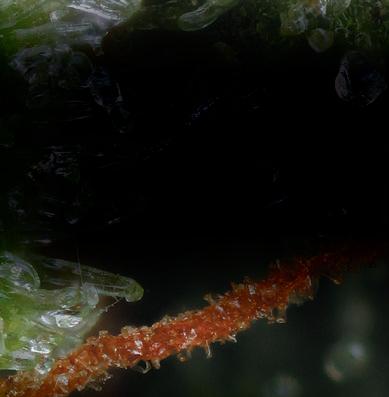
CERTIFIED GENOTYPE CLONE LICENSING AVAILABLE FROM OUR UNPRECEDENTED 10,000 PLANT PHENOTYPE HUNT



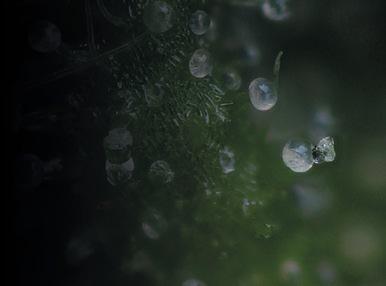























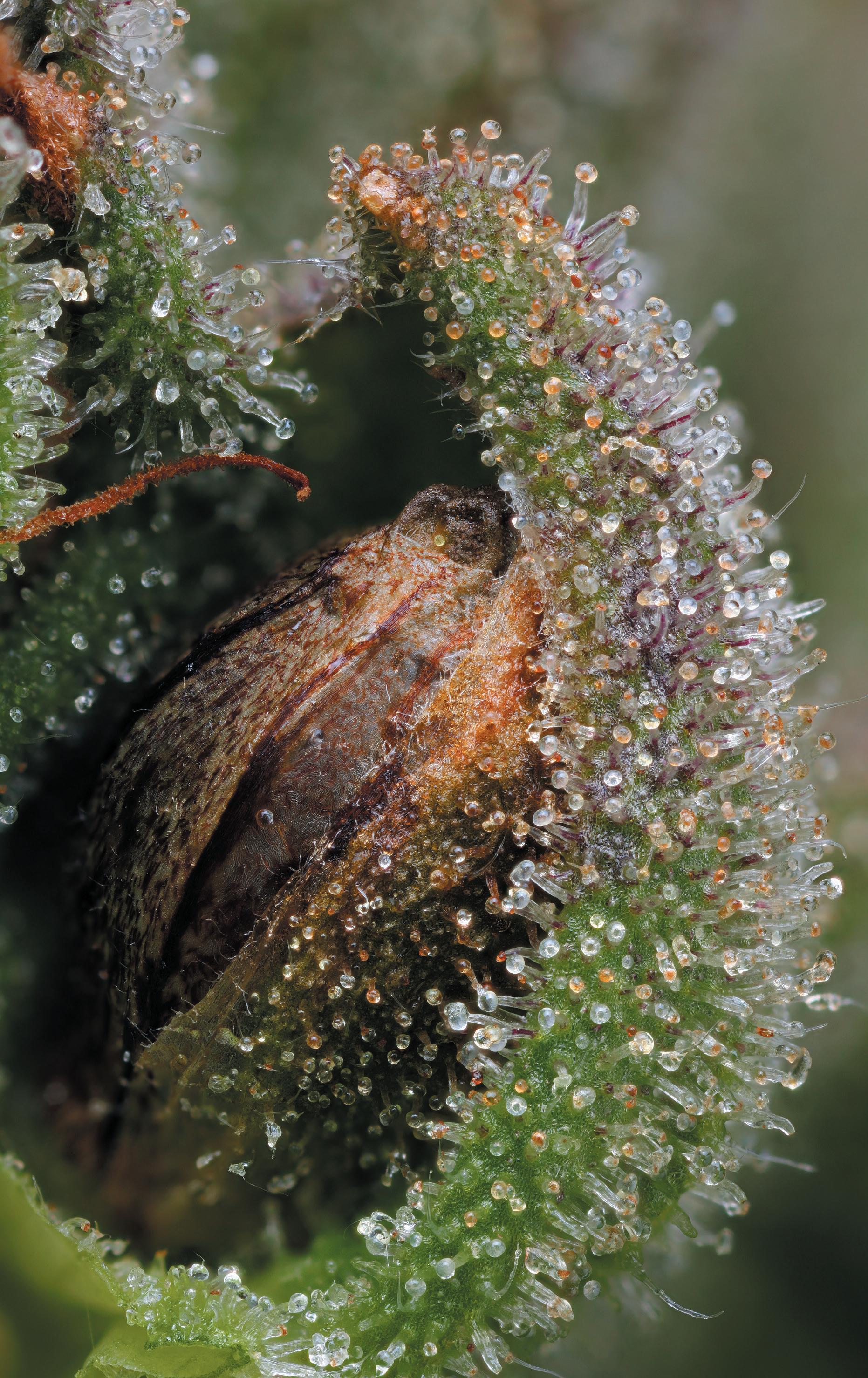





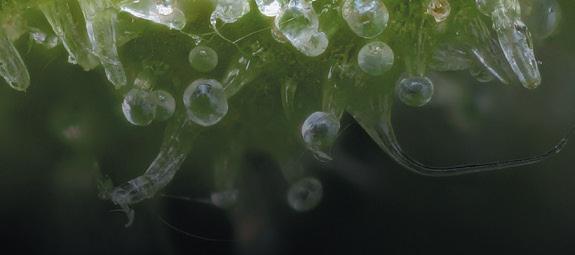




Photo: Erik Christiansen
Optimizing These Two Factors Ensures Superior Cannabis Growth
By BigMike Straumietis Advanced Nutrients
WHEN it comes to growing cannabis, every controllable element should be optimized to ensure the best results. However, two major factors can ultimately make or break your final product: genetics and nutrition.
Genetic makeup determines important factors like plant yield and potency, while high-quality nutrients developed specifically for cannabis maximize the growth potential of seeds that boast top-quality genetics.
GENETICS DETERMINE PLANT PROFILES
The sad truth is, even with all the strides that have been made in cannabis genetics over the past few decades, the average grower usually ends up with a genetically inferior crop. Lowquality seeds often are sold by unskilled breeders using names of popular clone-only strains. If you ask these breeders about Mendelian inheritance, for example, they’ll give you a blank stare. For them, breeding is simply crossing two plants together and selling the seed.
Success starts with a reliable plant, so you need to perform thorough research up front to understand the genetic makeup of the plant you’re planning to cultivate. You’ll want to investigate yield estimates, potency levels, cannabinoid profiles, pest resistance, and optimum growing environment to ensure the most successful grow possible.
NUTRITION MAXIMIZES GROWTH POTENTIAL
If you’re training to be a world-class athlete, nutrition is the key to optimizing performance. The same is true for cannabis. To unleash its true genetic potential, you need to use top-quality nutrients that are engineered specifically for cannabis growth.
Cannabis has complex and unique nutrient needs. Many fertilizers available for cannabis are based on standardized agricultural formulas for crops with completely different nutrient needs. Most nutrient ingredients are mined from mineral sources contaminated with heavy metals such as arsenic or lead, which results in a product that’s not fit for consumption.
If you’ve invested the time and money in researching your plants’ genetic profile, then using a nutritional growth system tested on cannabis plants and made with high-quality ingredients designed to strengthen growth potential is an absolute must. These products deliver the ideal balance of macro-, secondary, and micronutrients. Using microbe-rich supplements to boost root health and development while supplementing with plant extracts and amino acids to enhance flower production and growth rate will create phenomenal results in your grow.
By understanding your plants’ genetic potential and using the best nutrients for cannabis growth, you’ll unleash your crop’s true growth capacity and create cup-worthy products your customers will love.
SINCE 1983, BigMike Straumietis has worked to bring cannabis to its true genetic potential while overseeing the cultivation of millions of plants. His company, Advanced Nutrients, offers a complete growing system that manages all phases of a plant’s life from seed to senescence. AdvancedNutrients.com
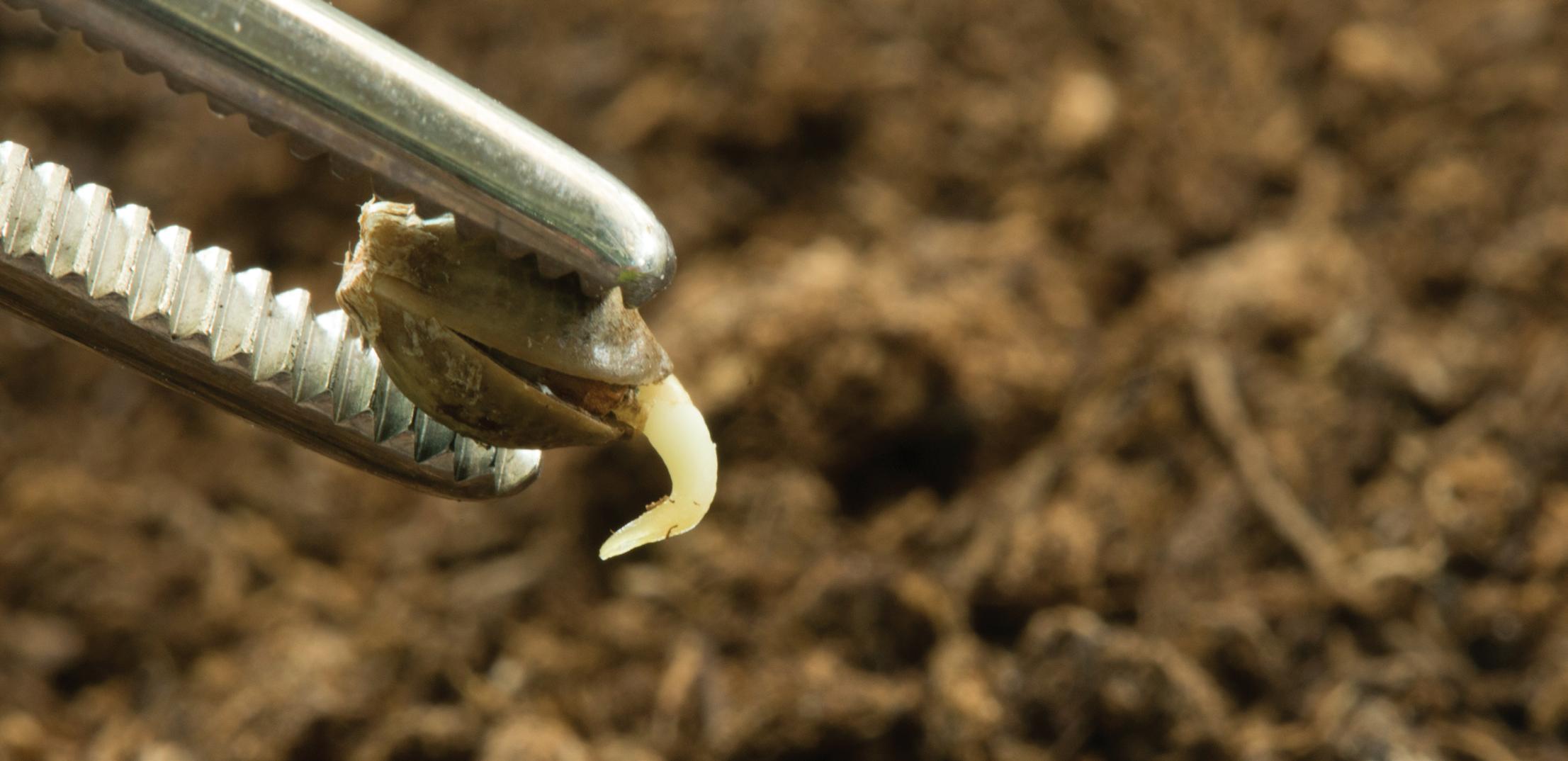
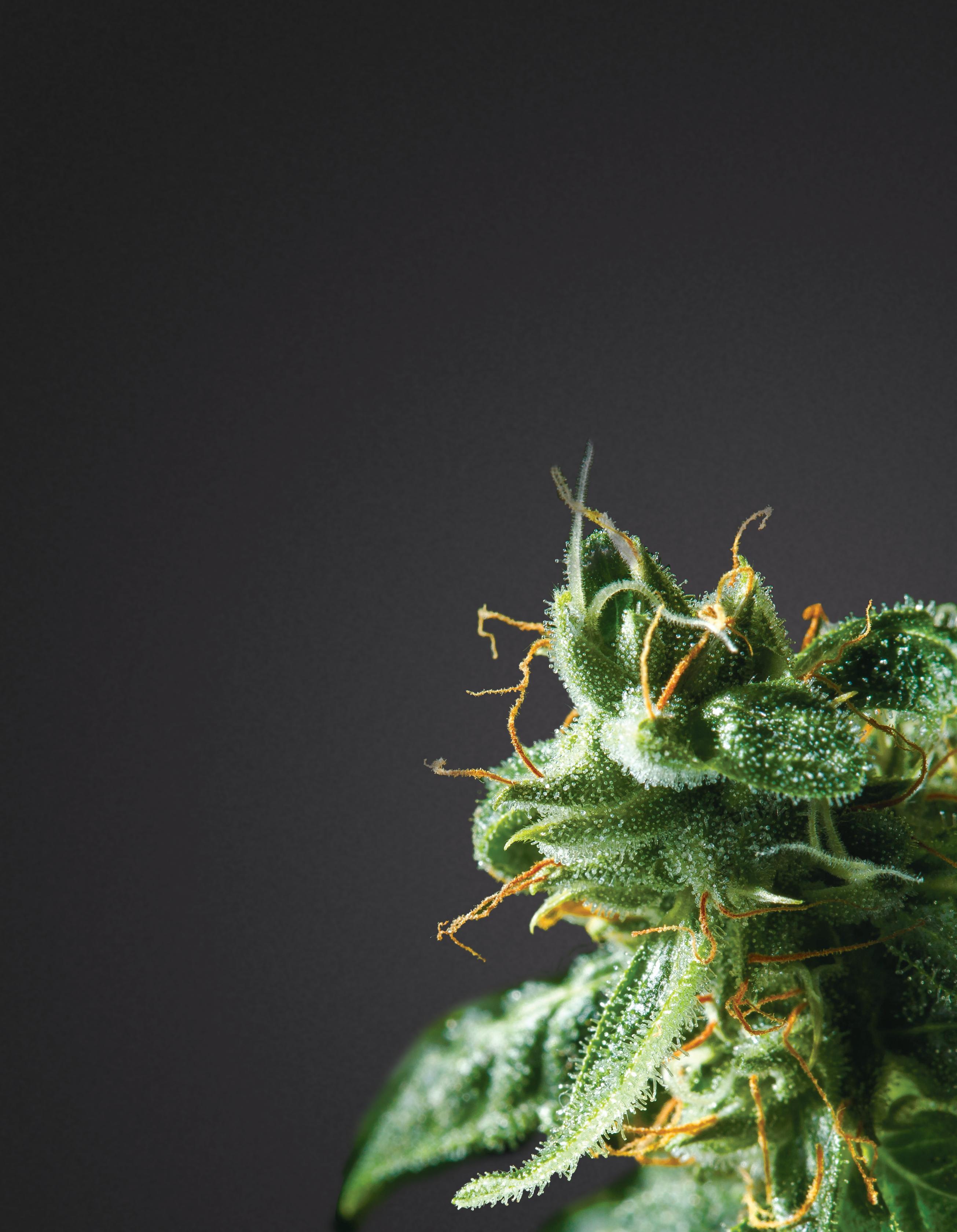





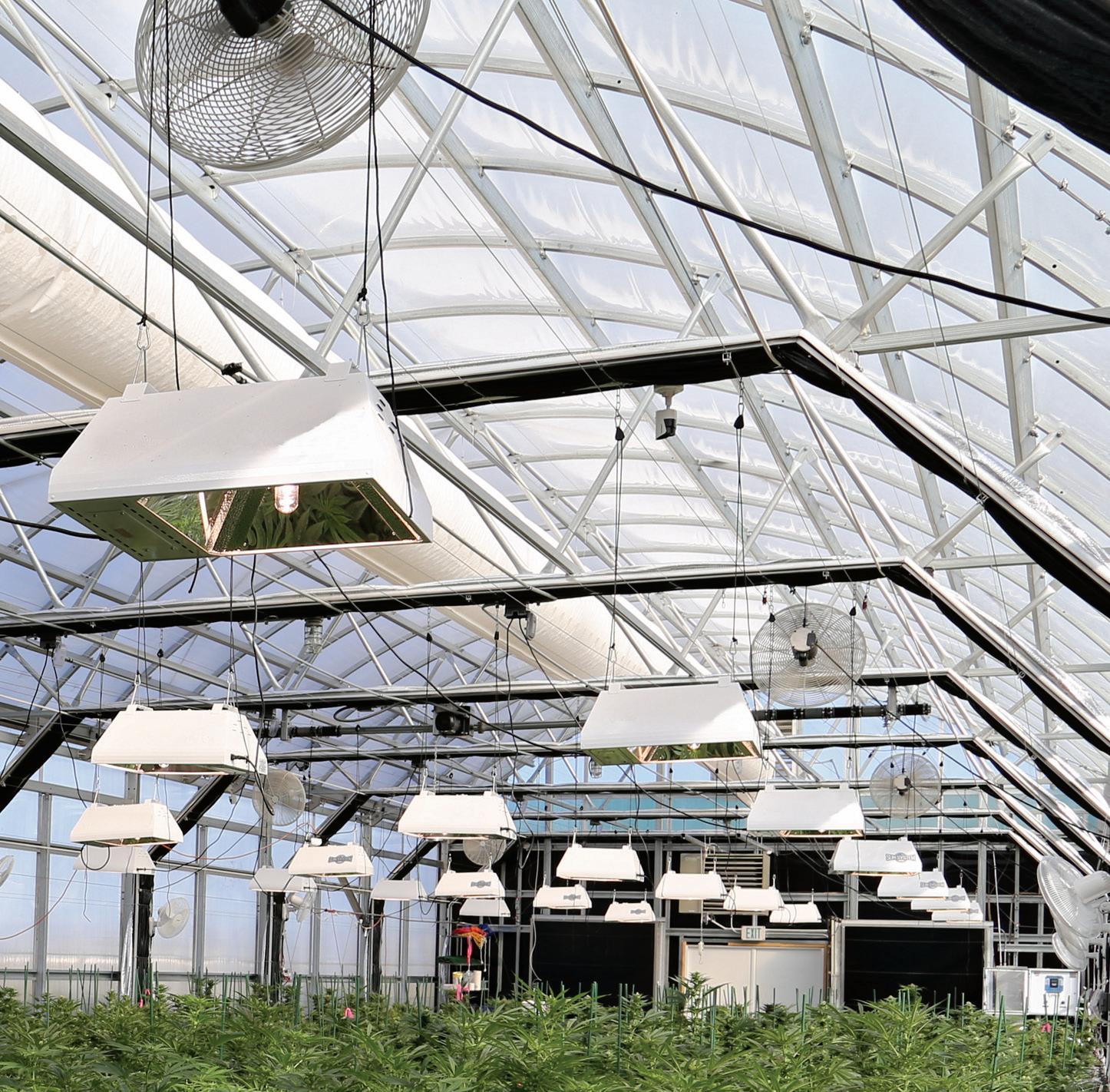












From Start to Finish
By Andrew Schell House & Garden Nutrients
IN a clone’s or seedling’s first weeks, it is imperative to create specific conditions for a healthy, productive life. Since we are cultivating this crop for its flower and flower compounds, the last three to four weeks of flowering are crucial times for flower formation and ripening.
START OFF ON THE RIGHT FOOT
As a cutting is propagated asexually, its hormonal controls must be switched from branching to rooting. The best rooting techniques employ rooting cubes or cloning machines.
Before roots appear, hormonal gel containing indole-butyric acid (IBA) should be applied as a dip. Rooting cubes should be soaked daily with water and a root accelerator. Each day excess water from the soak must be poured off to inhibit molds and pathogenic fungi. Once roots appear, a cold-pressed kelp extract or quarter-strength A&B base nutrient may be added, as the clone needs basic nutrition at this point. The same mixes may be used in cloning machines, but the solutions must be changed every five to seven days and oxygen added to the system. The machine should be thoroughly cleaned with each change. Seedlings require the same care.
After the plant establishes a healthy root system, the transplant solution should consist of the same mix of root accelerator and base nutrients. A few days after adjusting to its new container and surroundings, incorporate silica into the plant’s diet and establish a full nutrient regimen. Silica enhances the structural integrity of plants. It is stored in the epidermal cell walls in stalks, stems, leaves, and roots. I recommend Amino Treatment as the source of silica, as it contains the organic form mono-silicic acid that is easily recognized and absorbed by plants.
FINISH STRONG…AND PROSPER
Growing buds that are sticky, stanky, and weighty is the goal. The application of chelated iron in weeks five through six will trigger the plant’s production of ethylene, a natural hormone that triggers the ripening phase, kicking into gear the production of all those biomolecules that give plants the properties we love so much.
The last three to four weeks of flowering requires the application of large quantities of phosphorus and potassium (P and K). Phosphorus is necessary for production of ATP, DNA, and other biomolecules. ATP is the energy currency molecule, and the plant needs a ton of it to produce flowers, trichomes, cannabinoids, and resins.
With the bulk of the plant’s mass being accumulated in the final few weeks of its life cycle, cannabis also requires large amounts of phosphorus as a central component of cell membranes for every new cell produced in flowering. Potassium balances the acidity of phosphorus compounds, to keep in place osmotic balance and regulate the opening and closing of stomata (leaf pores). Choose a P-K booster that is clean, stable, and easy to flush.
To produce the maximum terpenes, trichomes, and resins, a diet strategy should include some of the precursors required in the manufacture of these biomolecules. Enzymes transfer sugars from the leaves to the fruit sets. Why leave behind valuable sugars in the foliage when they could be utilized in the buds, where they can be transferred and used up without spending energy to manufacture new molecules? Combining the power of organic additives and clean mineral P-K will produce the quality and quantity the connoisseur market demands.
ANDREW SCHELL has a degree in biochemistry and twenty years of technical gardening experience. His scientific background gives him a unique perspective on plant life and botanical microcosms. He has worked for House & Garden Nutrients and Humboldt Wholesale for the past ten years. House-Garden.us
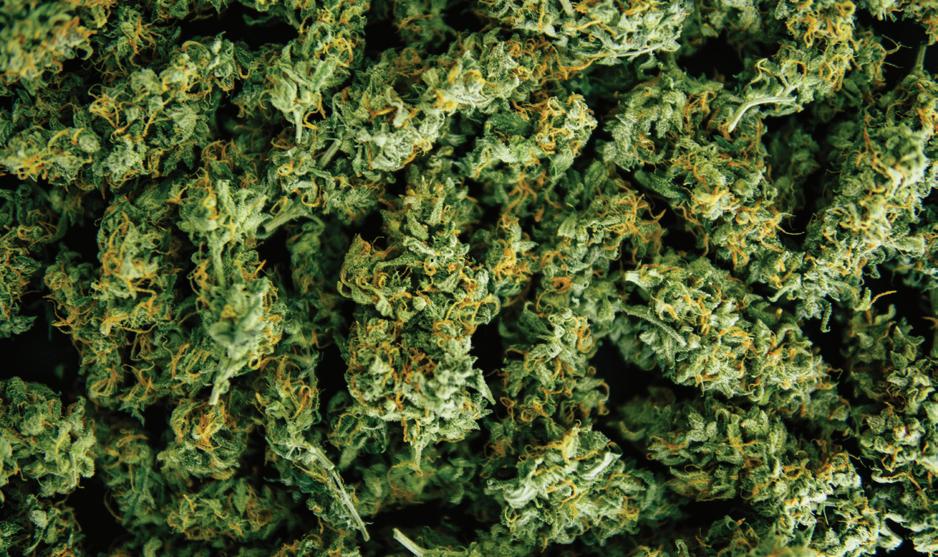
Bigger, Better Buds
By Will Kacheris Growers Supply
TIPS to increase yield and shorten the time to harvest are plentiful, but what about advice for producing flawless cannabis buds? Growers who focus their energy on cultivating denser, more potent buds will be the growers who survive the inevitable shakeout in a crowded market. Nutrition, temperature and humidity, lighting, and ventilation all play a role in a successful harvest but paying special attention to nutrition can set cultivators apart.
Cannabis cannot set good buds without proper nutrients during the vegetative stage and first few weeks of flowering. Vegetative plants need a large amount of growthfostering nitrogen and potassium paired with a lesser amount of phosphorus.
During the flowering stage, use nutrients that are specifically formulated for budding. Lower nitrogen levels and increase potassium and phosphorus to foster bud development. Focus on cannabis-specific nutrients and avoid timed-release products, as they tend to deliver excessive nitrogen during the crucial flowering stage.
Growth of new stems and leaves slows significantly in the final six weeks of flowering, so less nutrition is needed. It’s especially important to scale back, again, the amount of nitrogen plants receive until harvest. Not only can excess nitrogen prevent buds from reaching full growth potential but, at this stage, nitrogen also can give buds an unpleasant chemical flavor and aroma.
Providing exact nutrients is easier with an automated fertigation system. Growers can optimize yields by automating nutrient ratios at different stages of growth from clone to late flower, eliminating the tediousness of handmeasuring and minimizing risk of disease.
Regardless the administration method, using strainspecific nutrients and maintaining clean irrigation and feeding systems promotes healthy plants that produce buds of which you—and your bottom line—can be proud.
WILL KACHERIS is a cannabis specialist for GrowSpan Greenhouse Structures, a division of Growers Supply. The company provides products and consultation to help cultivators at all experience levels improve their crops and their bottom lines. GrowSpan.com
Stay Open at the Top
By Cody Yeager URB Sciences Inc.
THE beauty of growing any plant is there are a thousand ways to proceed and obtain exceptional results. Although genetics are the single most important component to growing superior cannabis—a plant cannot outgrow its genes—everything else may be manipulated until the perfect combination is found for the crop’s unique requirements.

So, stay open to experimentation—or, as a mentor once told me, “stay open at the top.” Growing first-rate cannabis takes years of consistently doing the same thing every time while keeping detailed notes. The practice allows growers to troubleshoot and learn from their crop when problems arise and provides a blueprint for replicating successful runs. After many trials and tribulations, much hard work, and rigorous attention to detail, a grower will have built a successful recipe to produce consistently exceptional results.
When they reach that point, some growers feel they have “earned” the right to stop learning. Their product sells and fetches top dollar, so they feel no need to change what they are doing. They stop exploring the new cultivation methods, market trends, and technologies developed every year, forgetting experimentation and exploration led them to their cultivation successes.
Feeding the ill-conceived notion “I have mastered this plant” inevitably turns exceptional product into mediocre product. For example, a movement toward cleaner cannabis is underway. Information about the topic continually is passed along to consumers, most of whom are remarkably committed to using only products that won’t harm their health. They may consider plants that haven’t been grown using the most up-to-date best practices unappealing. Potentially worse, when regulations for growing safe-to-consume plants inevitably change, cultivators who continue to use fertilizers and plant growth regulators in the same way they have for decades may see their “exceptional” cannabis become banned cannabis.
A good cultivator can grow exceptional cannabis in any medium, indoors or outside, with minimal inputs. The best cultivators are those who “stay open at the top” and continue to adapt and grow as the industry unfolds around this wonderful plant.
CODY YEAGER manages the nutrients division for URB Sciences Inc. The company’s first product, URB Natural, is an organic, zero NPK, microbial formulation of bacteria and fungi suspended in an OMRI-certified, humalite-derived humic acid carrier. URBnatural.com
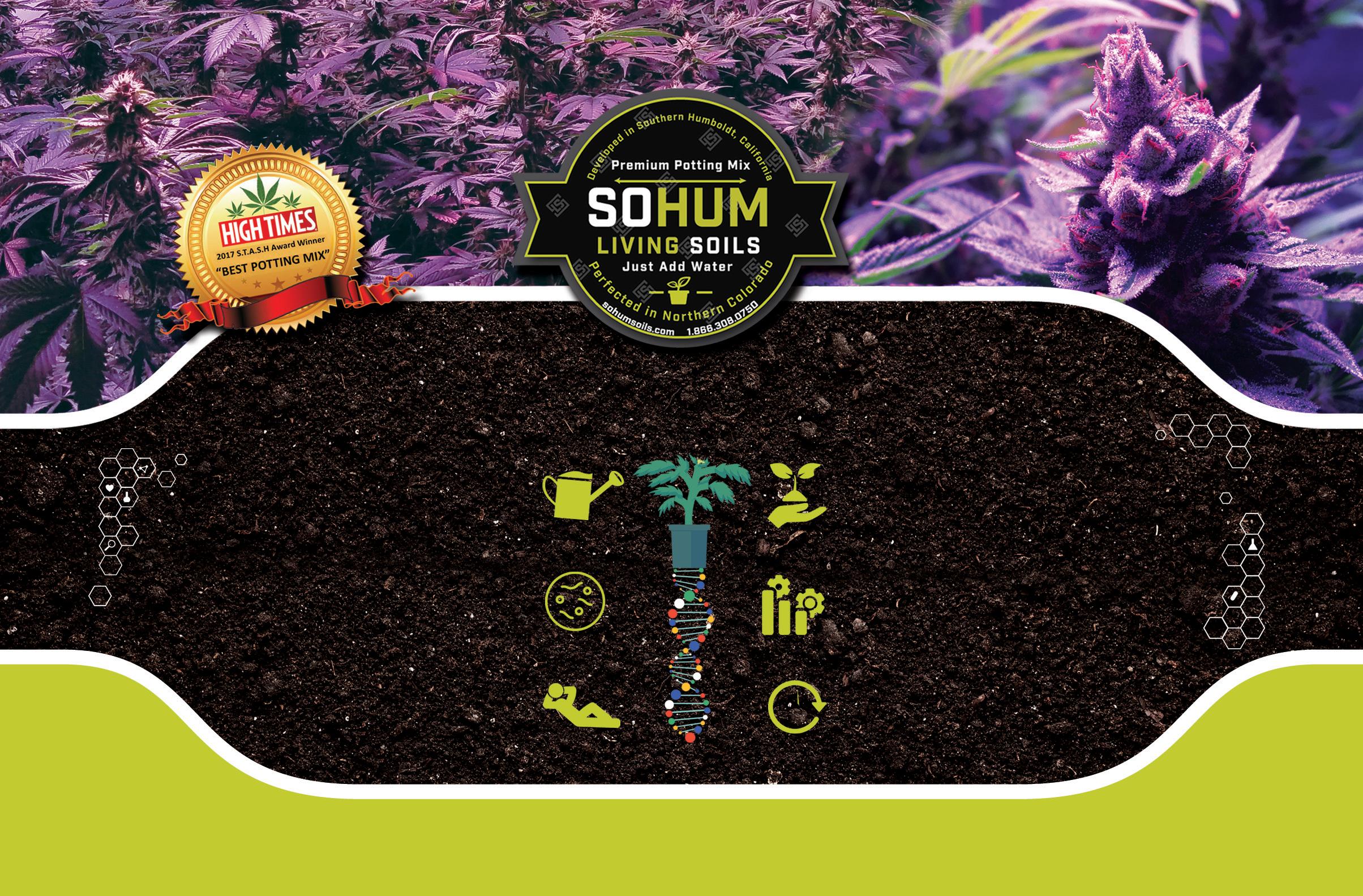

Naturally Sourced
Reduce Cost
Full Plant Cycle
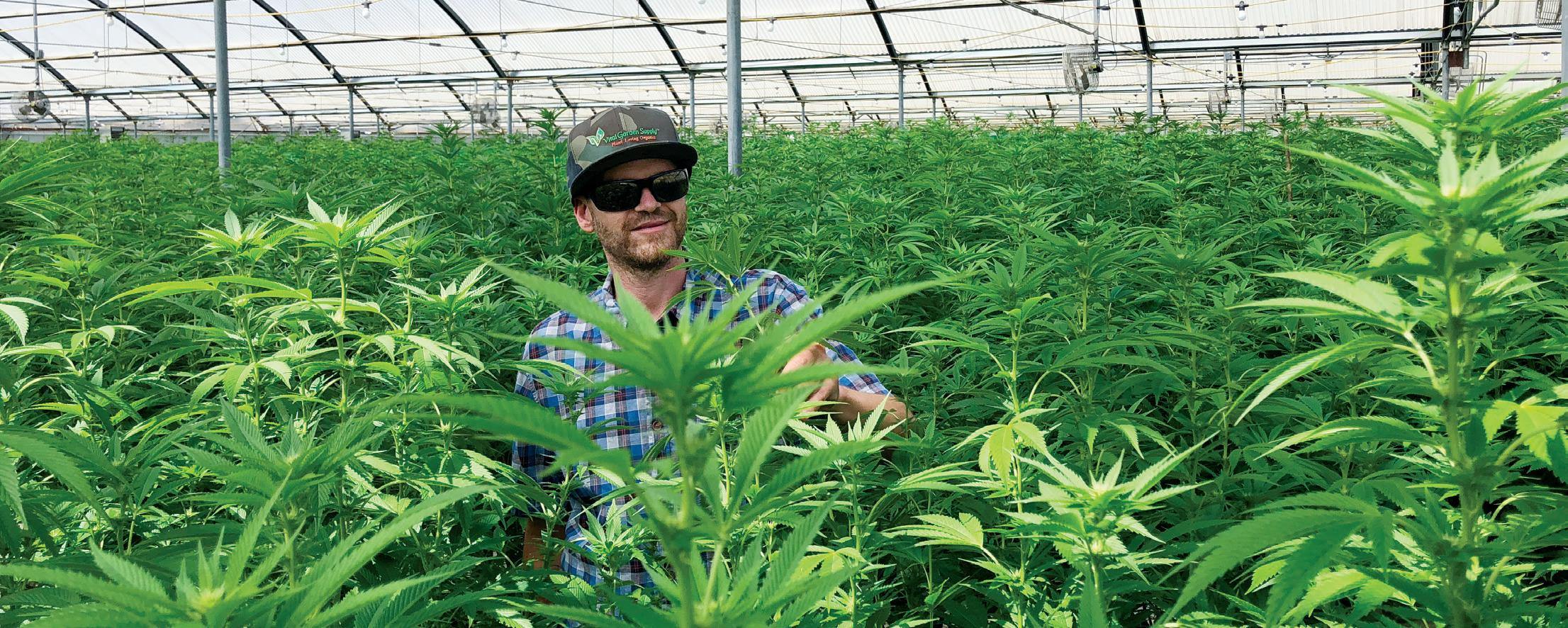
ORGANIC COMMERCIAL CANNABIS
BY BRIAN MALIN
COMMERCIAL cannabis growers have a responsibility that is not to be taken lightly. With recreational and medical cannabis legalized in many states, more large-scale operations are emerging. Legalization for adult-use cannabis sales is exploding, providing tremendous opportunity for multi-acre facilities.
Consumers increasingly are pushing for organic foods; the trend is seen in the cannabis market, as well. When customers give their trust and hardearned money to a dispensary, they expect to receive all the benefits this amazing plant delivers. Research and anecdotal evidence indicate cannabis can lower blood pressure, improve digestive issues, ease arthritis pain and improve joint function, lessen the symptoms of multiple sclerosis, assist in cancer treatment, and much more. Cannabis also may help curb the opiate epidemic by easing pain, anxiety, and depression. So, why would anyone not want to use the safest methods for producing a clean end product?
Although growers have an obligation to provide a safe, clean product to consumers, financial backers may pressure their cultivation teams to save money.
The problem is, when you cut corners you sacrifice quality and safety. Fortunately, cannabis can be grown organically on a large scale with incredible results.
Aside from minimizing the harmful effects associated with non-organic growing methods, another consideration for producers is their employees. Dedicated farm workers in large-scale facilities deserve a safe environment free of toxic chemicals. Petroleumand salt-based fertilizers are much more dangerous to apply and otherwise handle than their organic counterparts. That’s part of the reason California requires heavy metals testing of flower, extract, and edibles. It will be interesting to see how this affects cannabis products currently on the market.
Many cannabis companies have reached the conclusion sun-grown organic cannabis with light assist (also known as greenhouse growing) yields the highestquality product. Terpene profiles and resin content both increase with organic cultivation techniques. Living soil with compost teas and a few “old school” principles always will outshine chemical inputs.
At Vital Garden Supply, we have found a few organic ingredients cover all of a plant’s needs.
Photos courtesy of Vital Garden Supply.

HIGH-QUALITY SOIL STARTS WITH HIGH-QUALITY COMPOST
Compost may be the most important component of the soil, but not all composts are created equal. Some businesses sell low-cost soil made from waste products instead of properly composted materials, and the same applies to worm castings and humus. The quality of products varies immensely. Do some research and ask for lab reports. If you have access to a microscope, this can be a great asset for observing what’s happening in your soil. The goal here is to have a soil rich in beneficial microbial life.
FISH AND KELP FEED THE SOIL
Plants love amino acids and minerals, while microbes love fats and oils. Fish hydrolysate has macronutrients (nitrogen, phosphorous, and potassium, or NPK), amino acids, enzymes, and oils. These all benefit the microbes that make nutrients more available to plants. Kelp (Ascophylem nodosum) is an incredible plant food. Plants absorb its minerals, potassium, and vitamin B1, and it also feeds the beneficial microorganisms in the soil. With a healthy population of microbes in the soil, nutrients become more available and plants suffer less disease and infestation.
GUANO CAN INCREASE YIELD
Bat and seabird guanos are an excellent source of NPK. Some guanos also have other minerals such as calcium. Guano is easily broken down by microorganisms; this is why many “old school” growers use guano as their main fertilizer. Guano varies in NPK as well as quality, though. Depending on the source, region, and diet, you will see several different numbers on packaging. For the most part, you want a higher number in the N position for vegetative growth and a higher number in the P position for bloom. K, or potassium, is beneficial throughout a plant’s life, but increased potassium during bloom increases yields. Kelp is a great way to get higher K to your plant and can be mixed with guano.
MINERALS ARE ESSENTIAL
Calcium and magnesium supplements are necessary for healthy plant growth, but cation exchange issues are common in coco-based soil. Reverse-osmosis water also strips calcium, magnesium, and other minerals from plants. Without proper amounts of calcium and magnesium, plants cannot absorb nitrogen. Nonorganic calcium and magnesium supplements contain calcium chloride that will kill your biology, but organic calcium and magnesium supplements used regularly will increase cation exchange and ensure there are no deficiencies. Glacial rock powder is a great way to provide slow-release calcium and magnesium as well as trace amounts of cobalt and iron.
KNOWLEDGE FROM EXPERIENCE
I have spent many years touring cannabis farms all over California, Colorado, Washington, and Oregon. The farms that stick to the aforementioned principles have the fewest issues and the most success. Their grow teams are proud of what they do, and team members appreciate their employer caring about them and the end user. Cultivators are comfortable with the products they use and proud to present top-shelf, organically grown cannabis. We work with some of the most successful growers in the country; ultimately the proof is in the final product.
Keeping inputs organic, simple, safe, and affordable makes the difference between a mediocre product and a great one. Cannabis is in the spotlight and merits all its glory, so let’s give the plant the care it deserves.

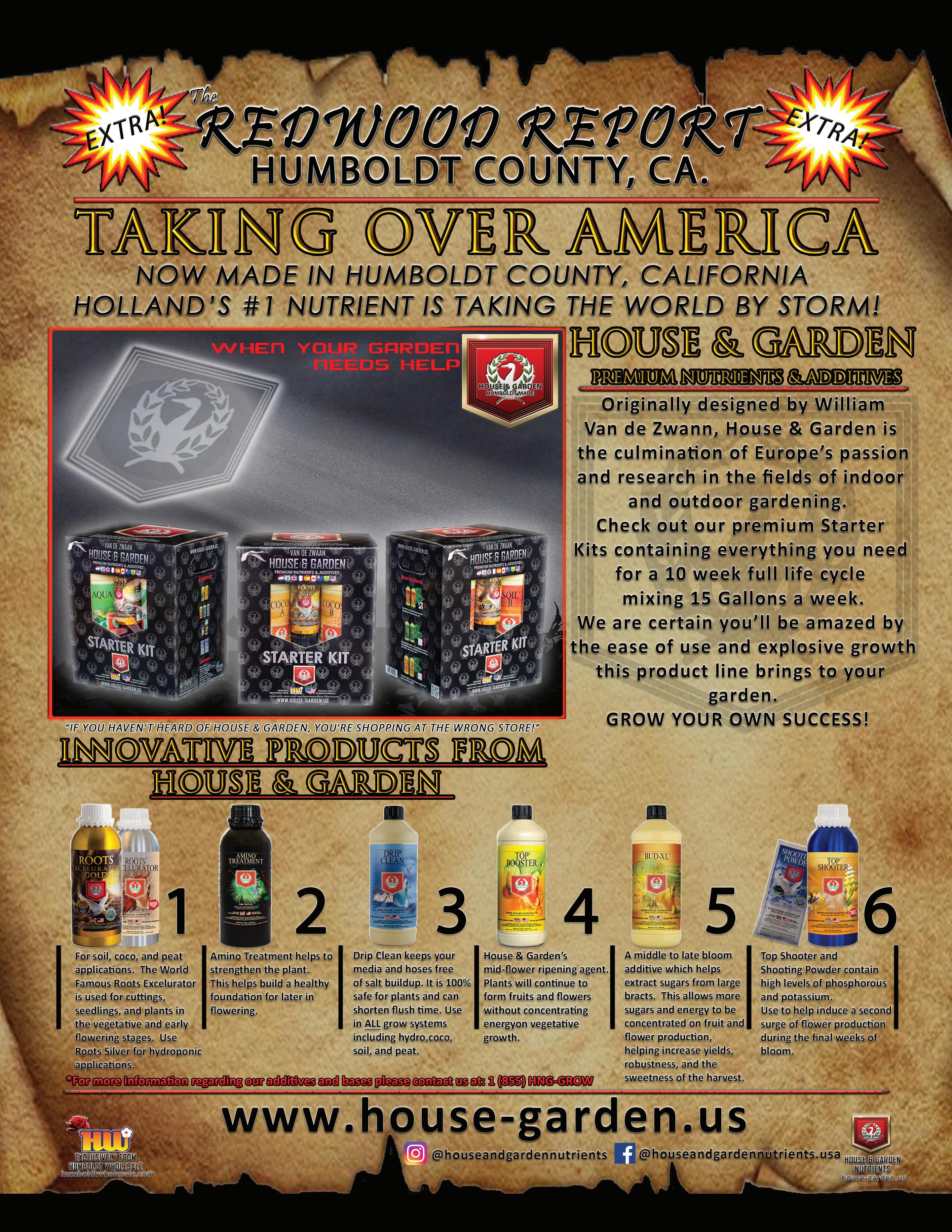
BRIAN MALIN

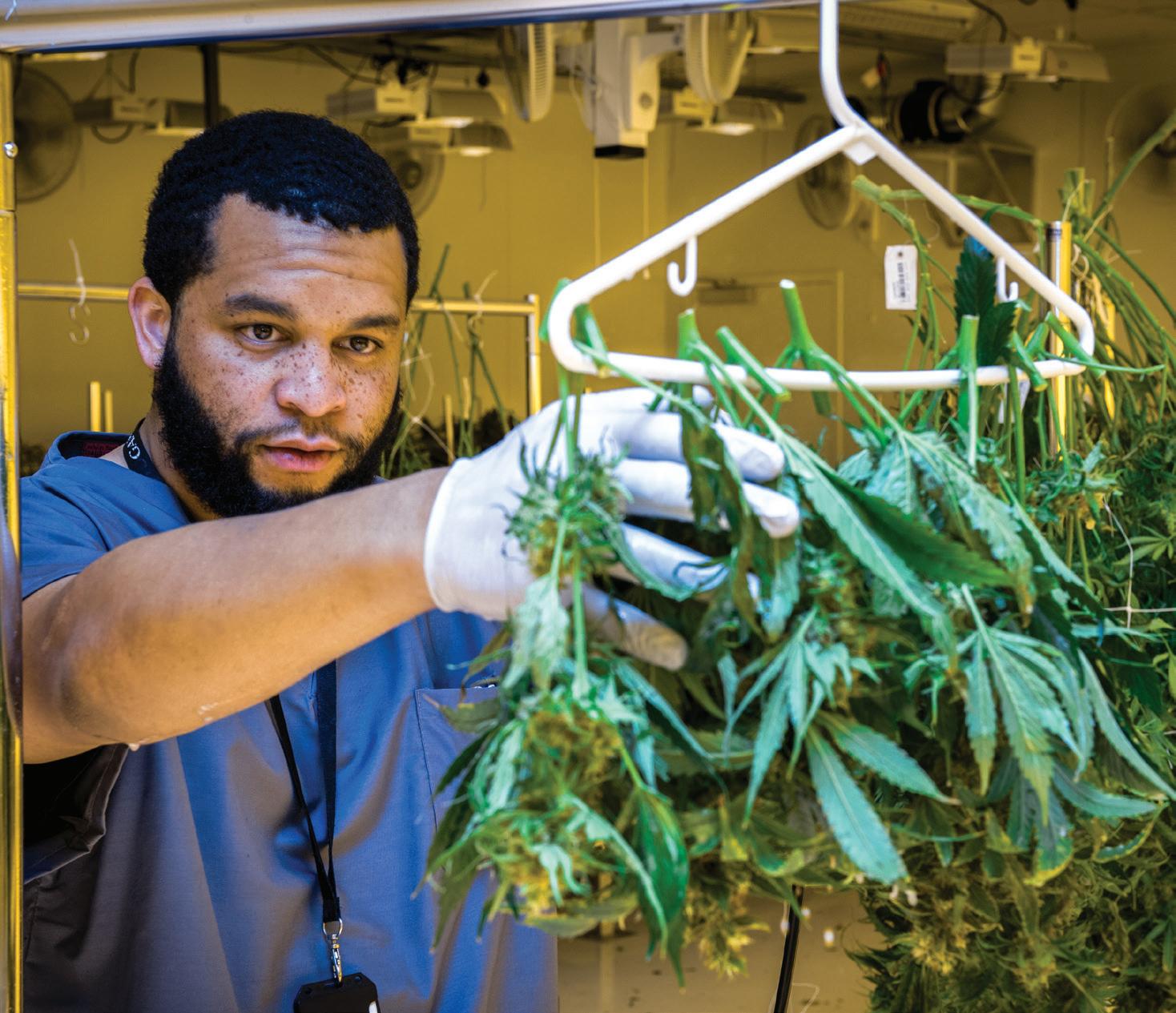
State Flower Cannabis: Budding with Possibilities
Its heart may be in San Francisco, but the hydroponic grower has national aspirations.
BY DAN MITCHELL
IF INTERSTATE CANNABIS COMMERCE becomes reality, longtime hydroponic cultivator Daniel Wacks will be well-positioned to take advantage. He’s already on the way, with interests in both his California home base, where his State Flower Cannabis operation is a well-known merchant of bespoke weed, and over the mountains in Nevada, where he’s poised to become a retail powerhouse through his partnership in a high-end The Apothecarium franchise.
But even if Wacks eventually becomes a national player, “California” will always be his brand. Whether selling his well-regarded flower to natives or tourists in Las Vegas, he tries to capture people who are into California classics. Wacks says that includes “strains that have been around for a very long time,” such as Lamb’s Bread and Green Crack, as well as new strains that are bred from old standbys. Even in Vegas’s The Apothecarium outlet, Wacks and his partners play up their California roots—partly because so many of the tourists there come from California, but mainly because stamping everything with “California” moves product.
All of State Flower’s plants are grown hydroponically indoors, across 60,000 square feet of space in San Francisco and Las Vegas. The environmentally friendly weed is fed a proprietary blend of bio-mineral nutrients and beneficial microorganisms. Plants are flushed with water for two full weeks before harvest, slow-dried for another two weeks, and dry-trimmed by hand. “We make sure machines never touch our product,” Wacks said.
That doesn’t mean he’s opposed to machine trimming as a concept. State Flower also offers consulting services to cultivators, and Wacks serves on the advisory board of Presidio View Capital, a cannabis investment firm. He said he works with plenty of cultivators who use trimming machines. And, though he’s personally wedded to indoor cultivation, he also
works with cultivators who grow outdoors. “I love all kinds of grows,” he said. “Outdoors, vertical farms, greenhouses—but State Flower is an indoor brand.”
That won’t change and, at least for now, hand-trimming will remain a calling card for State Flower, as it fits the company’s overall vibe. Hand-trimming is the best way to ensure the job is “done properly,” Wacks said. But even he admits that likely won’t last forever. Trimming machines are constantly improving, and they’re more economical than human labor. At some point, relying on hand-trimming will become a competitive disadvantage. “Full automation is coming eventually,” he said. “It’s not something we’re very excited about, but it’s an inevitability.”
He’s putting off the change for as long as he can. The company still assigns all new employees, executives included, work in the trimming room because it gives them a visceral understanding of the product. Wacks said he wants State Flower employees, some of whom he hired from companies like Apple and Google, to start at the end of the production process and work backward from there.
That approach—a hyper-focus on the end product—is applied throughout the company. It’s why State Flower grows plants in five-pound batches or less and why the cultivator became the first certified by Envirocann (a sort of Good Housekeeping Seal of Approval for cannabis) in both California and Nevada. All of State Flower’s plants are grown free of synthetic pesticides and chemical growth regulators in recycled (and recyclable), 100-percent compostable grow mediums developed by Grodan, a mainstay in sustainable agriculture. State Flower’s green ethos also extends to the cultivator’s heating, ventilation, and air conditioning systems, from which it reclaims water for reuse.
Wacks has worked in cannabis his entire professional life. He began his adventure while a student at the University of California, Santa Cruz, growing plants in his apartment. Eventually, he formed a medical cannabis collective in the city. “I was in the right place at the right time,” he said. Next, he moved north to the Bay Area, operating in Oakland and Santa Clara. Onerous regulations in the latter municipality pushed him to move operations to San Francisco, where he first collaborated with The Apothecarium. Wacks formally established State Flower in 2015, and growth since then has been rapid, to say the least.
Partly, that’s because a seasoned company like State Flower, with the means to invest, is better positioned than smaller operations to deal with governmental regulations imposed by states allowing recreational sales. California’s testing and certification requirements, in particular, have taken a lot of pot off the shelves since new regulations took effect in July. “Due to market demand and limited availability, State Flower has been able to increase its sales price by 20 percent since July 1,” Wacks said. “We’re sold out through the end of the year.” Meanwhile, demand continues to grow. To meet it, “we are in the process of expanding our facility to produce five times our current volume,” he revealed.
The situation is similar in Nevada, where Wacks owns three licenses even though regulations are tough and licenses aren’t easy to obtain. “The level of sophistication” needed to succeed in Nevada is high, he said. “The barriers to entry are a helluva lot steeper” than they are in California, so cannabis operations need “deep pockets” if they want to do more than merely survive. This is all great for Wacks but, he freely admits, not so great for small operators
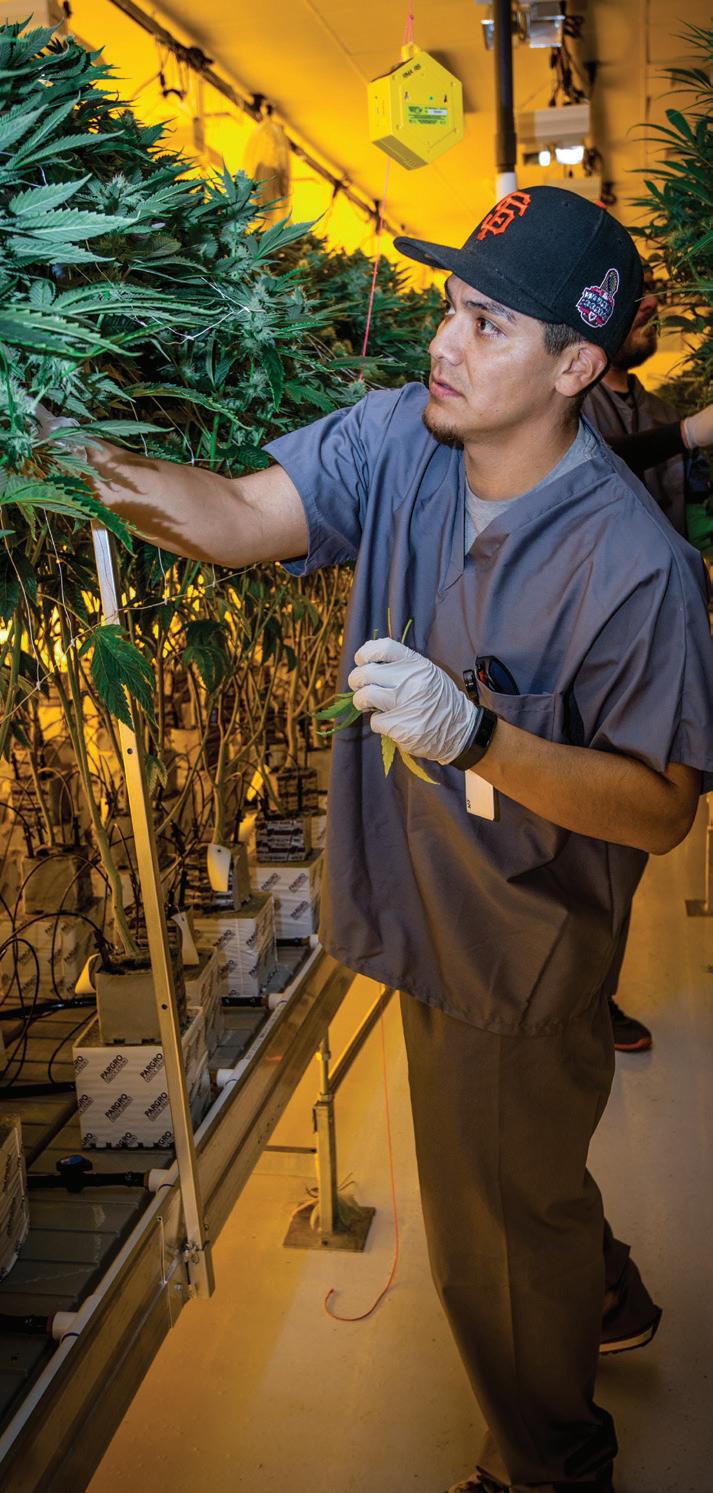
who want to run a mom-and-pop-style business or those who don’t want the cannabis business dominated by big-money players. Legalizing recreational use, he said, has meant “we’ve lost some key elements of the history” of the industry, which at one time was dominated by small operators working in a legal gray area. Wacks thinks the current trend will accelerate, with size and hefty financing becoming ever more important. “Larger facilities are just now starting to scale,” he said.
In Nevada, he hooked up with friends and vendors from San Francisco to open The Apothecarium in Vegas. (He has no ownership stake in the chain’s San Francisco storefronts). Also in Nevada, State Flower has the exclusive license to manufacture KIVA Confections edibles and Valhalla Confections. State Flower’s cultivation facility in Nevada takes up 40,000 square feet—all hydroponic and environmentally sound.
For all the growth and big-money moves he’s making, Wacks tries to stay humble and keep his clientele in focus. “Our core demographic is ourselves,” he said. In growing and developing new strains, “we try to create what we enjoy.”
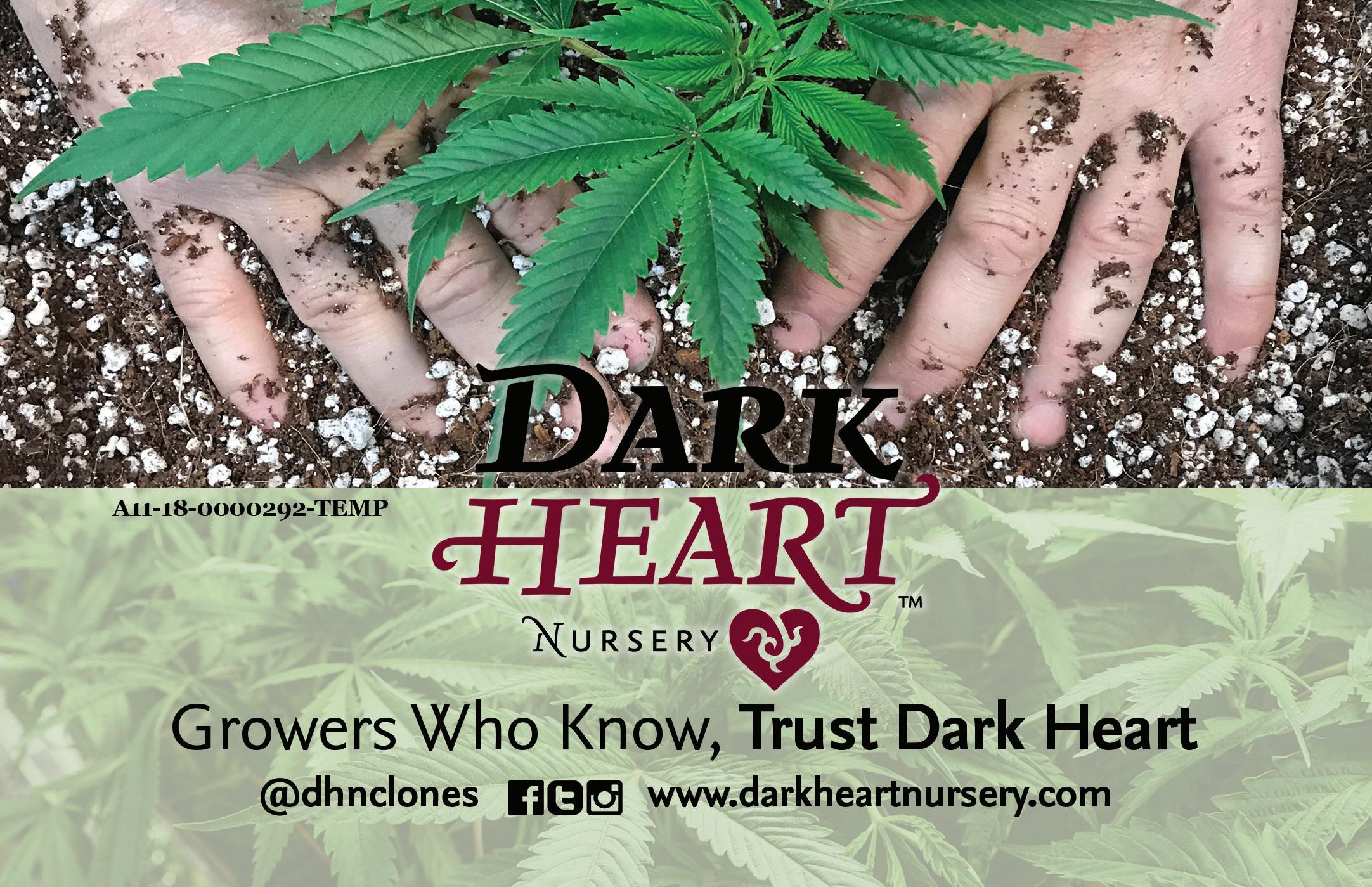
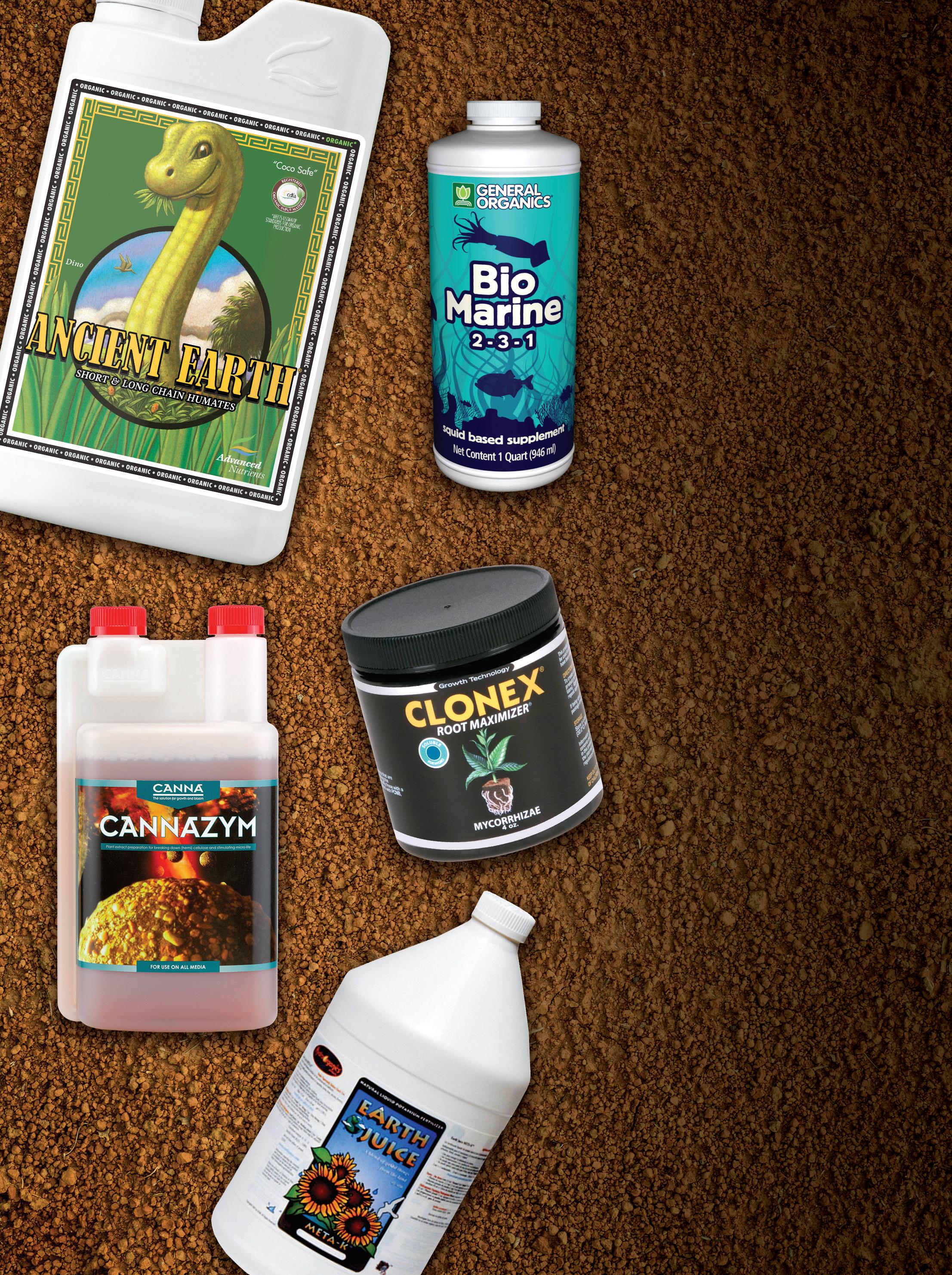
Ancient Earth Organic OIM
Harnessing the power of volcanic leonardite, Advanced Nutrients scientists created an advanced fulvic and humic acid formula that promotes nutrient absorption, nutrient transport, and cellular metabolism. According to the company, plants develop bigger buds, greener leaves, more aroma, and greater potency. AdvancedNutrients.com
BioMarine
Because squid populations are out of balance with other ocean life, growers can help their crops and the oceans with this whole-lifecycle, squid-based supplement. The cold-processed, enzymatically digested fertilizer improves soil integrity and may be used as a standalone product or in combination with other supplements. GeneralHydroponics.com
CANNAZYM
CANNAZYM quickly breaks down dead roots, turning them into minerals and sugars while delivering easy-to-absorb vitamins to stimulate new root growth. A fast breakdown of root remains creates good aeration in the root environment, helping to prevent the formation of bacteria and harmful mold. CannaGardening.com
Clonex Root Maximizer
The newest addition to the Clonex family resulted from more than a decade of research. Non-toxic and non-allergenic, Root Maximizer contains beneficial endomycorrhizae and arbuscular mycorrhizae created on living roots in a soil-like medium with natural organisms. Available in granular and soluble forms. HydrodynamicsIntl.com
Earth Juice Meta-K
Meta-K corrects potassium deficiencies and improves drought resistance, nutrient assimilation, and the plants’ ability to support higher yields. Especially recommended during budding, flowering, and fruiting. May be used alone or with a variety of fertilizers. EarthJuice.com


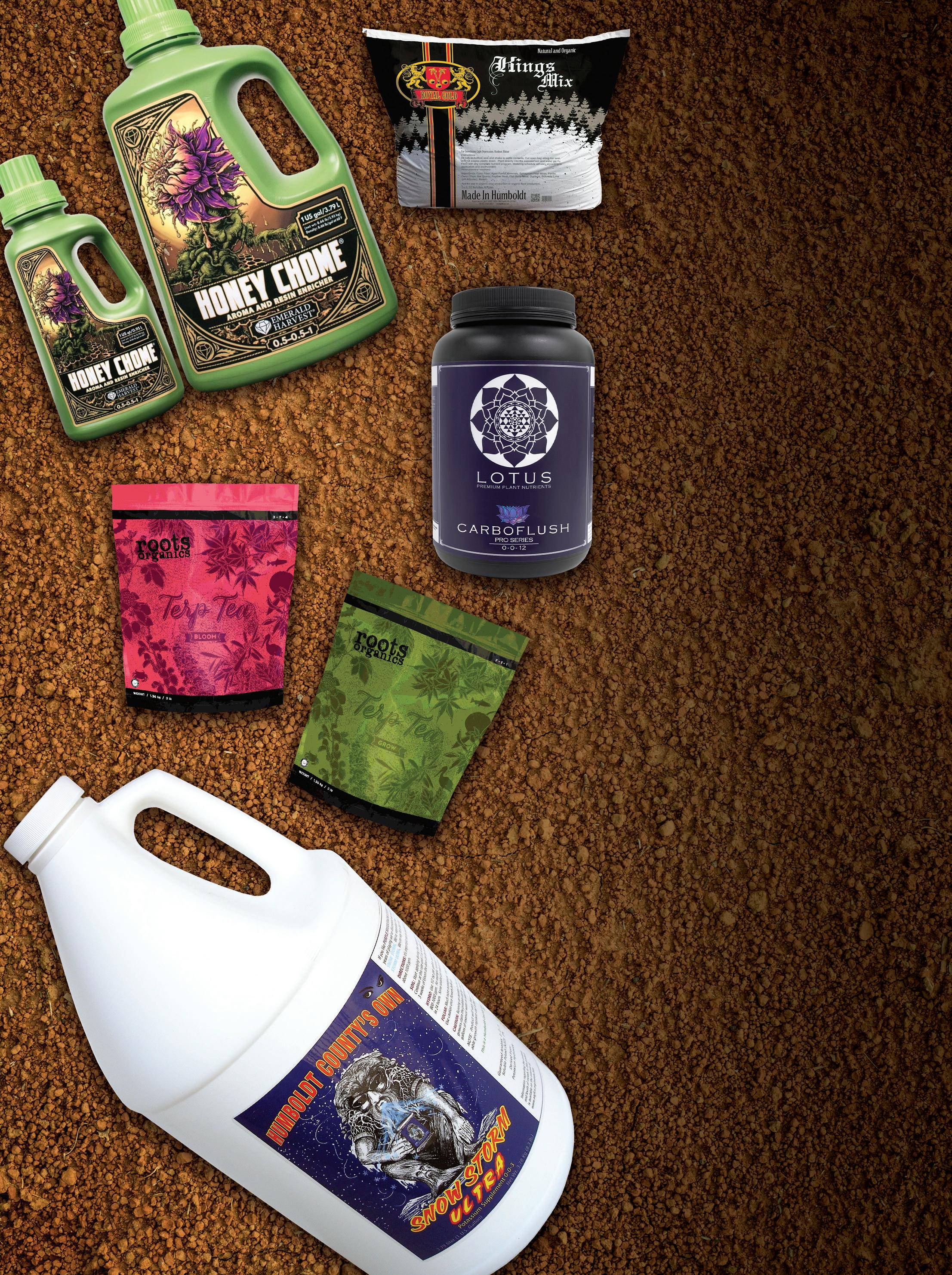
Honey Chome Aroma and Resin Enricher
Designed to enrich crops with a robust bouquet and plenty of resins, Honey Chome is fortified with a boost of all three primary macroelements: nitrogen, phosphorus, and potassium. Earth-friendly carbohydrates add energy in the upper plant and nourish beneficial microbes in the root zone. EmeraldHarvest.co
Kings Mix by Royal Gold
A plant-in-bag solution for light-deprivation, greenhouse, indoor, and outdoor gardens of any type, King’s Mix was born of a need for simplicity in application and functionality. The product is a well-aerated, moderately amended coco peat blend intended to dry quickly and accept immediate feeding. RoyalGoldCoco.com
Lotus Nutrients
Pro Series Carboflush
Scientifically engineered by California medical growers, Carboflush acts as a catalyst for removing excess nutrient buildup within plants and medium. Used during the final stage of growth, it provides carbohydrates to stimulate microbial development. LotusNutrients.com
Roots Organics Terp Tea Bloom
Recommended for both large- and small-scale grows, Roots Organics Terp Tea Bloom delivers critical nutrition for heavy-feeding, high-yield plants. As base nutrition or supplement, the product can be delivered in large batches or controlled point feedings. Developed to boost terpene levels. AuroraInnovations.com
Snow Storm Ultra Trichome Stimulant
One hermaphrodite in the grow room and the whole crop goes to seed. Snow Storm Ultra prevents the nightmare by preventing accidental pollination. Also swells trichomes and increases resins and oils. For foliar, soil, and hydro usage indoors and under sun. EmeraldTriangle.biz

